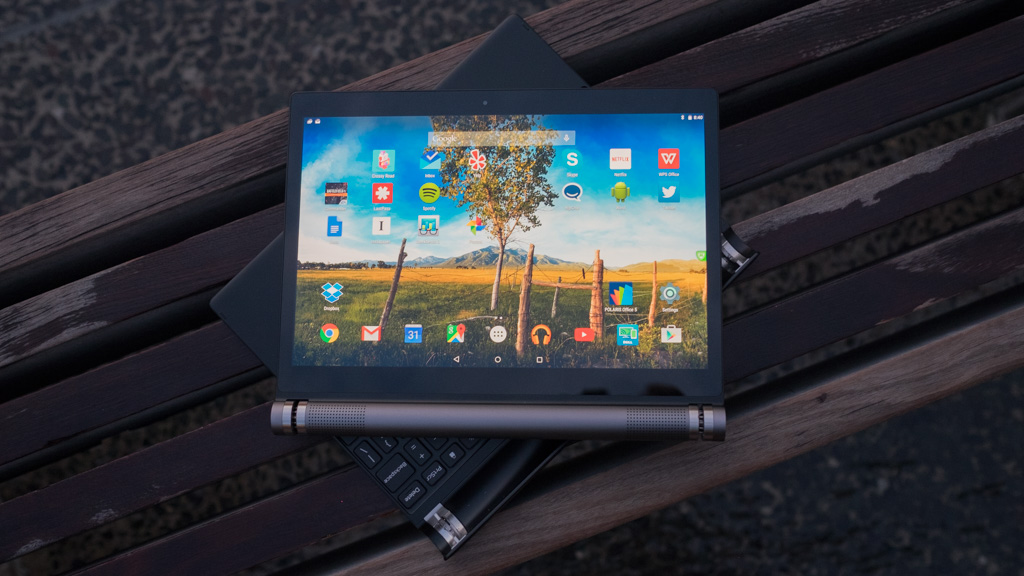Windows apps will soon run on Android tablets
Will you still need Windows 10?

Your Android device is about to get a whole lot more productive. Codeweavers, the development studio behind CrossOver, will bring its emulator software to let Android tablets run software designed for Microsoft's Windows platform.
While your Android slate still can't power Windows 10 at this point, and Windows-specific features like Continuum and messaging are not part of the package, you'll still be able to run a number of third-party apps and games on your Android device without needing the Windows OS to be fully virtualized, like VMWare Fusion or Parallels Desktop.
The catch? Codeweavers's software likely won't work on your existing Android tablet. To run CrossOver, you'll need a device with an x86 architecture, meaning Intel's Atom chipset. Since the majority of Android tablets on the market run ARM's competing architecture, you won't benefit unless you have an Intel-powered Android.
Availability
A page on the developer's website reveals that a Technology Preview release of CrossOver will be available at a later date. There isn't a beta version at this time, and the software will be free.
To run CrossOver, you'll need an Atom processor with at least 2GB RAM. Examples of tablets with Intel's processor include Lenovo's Yoga 2, Dell's Venue 10 7000 series and the Nokia N1. Intel's processor also powers a few phones, including the Asus ZenFone 2 and Lenovo K900.
The Technology Preview will initially work on Android tablets, according to Codeweavers, and it's unclear if the software will also work on phones. Codeweavers has not responded to techradar's email inquiry about specific requirements.
Additionally, as these Windows titles are emulated, and not virtualized along with the full Windows operating system, you'll be limited to the titles you can run. For example, even popular titles, like Adobe Creative Suite 6 and QuickBooks 2015 are listed as "untested" by Codeweavers and are said to be "known not to work" by users.
Sign up to the TechRadar Pro newsletter to get all the top news, opinion, features and guidance your business needs to succeed!
Alternatives to getting Windows on Android
CrossOver is just one solution for running Windows app on your existing Android hardware. Another alternative would be to get an inexpensive Windows-powered tablet, which delivers the full Windows desktop experience. With a Windows tablet, you can run a program called Blue Stacks, which allows you to run Android apps.
There is also remote desktop software for Android devices that allows users to gain access to Windows. With this method, you'll need an internet-connected PC at home or work that is running Windows. Using remote desktop software, like Chrome Remote Desktop from Google or Microsoft's Remote Desktop, you can access your PC from your phone or tablet.
Essentially, this option turns your mobile device into a remote display for your home or work PC.
Unless you work in a heavy Windows environment, many small business owners can find viable mobile alternatives that are built for their existing phones and tablets. For example, Microsoft makes Office Mobile for Android and iOS, which delivers much of the functionality of the more robust Office 2016 for Mac and PC. There are also a number of mobile office productivity suites that serve as Office substitutes.
These apps may deliver a better user experience over running full Windows app on a mobile device because they're built for mobile. This means a finger-friendly user interface with large on-screen buttons for navigation, as opposed to desktop-class software with smaller on-screen controls designed for keyboard and mouse input.
Still, if your business workflow requires access to select Windows programs or games, a virtual desktop or CrossOver could help bridge the gap when you're not near a desktop or laptop.
- Read our review of Windows 10